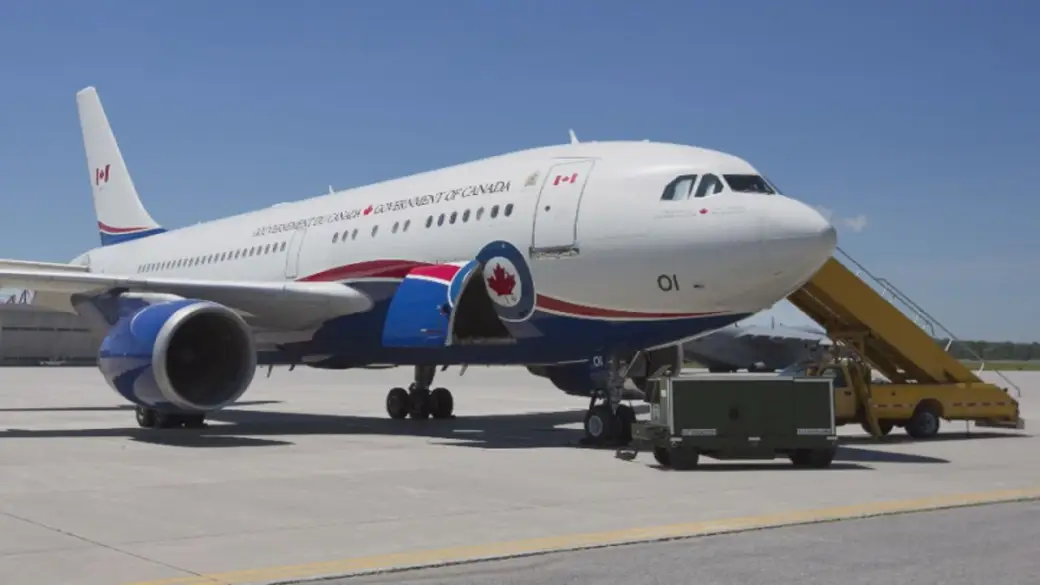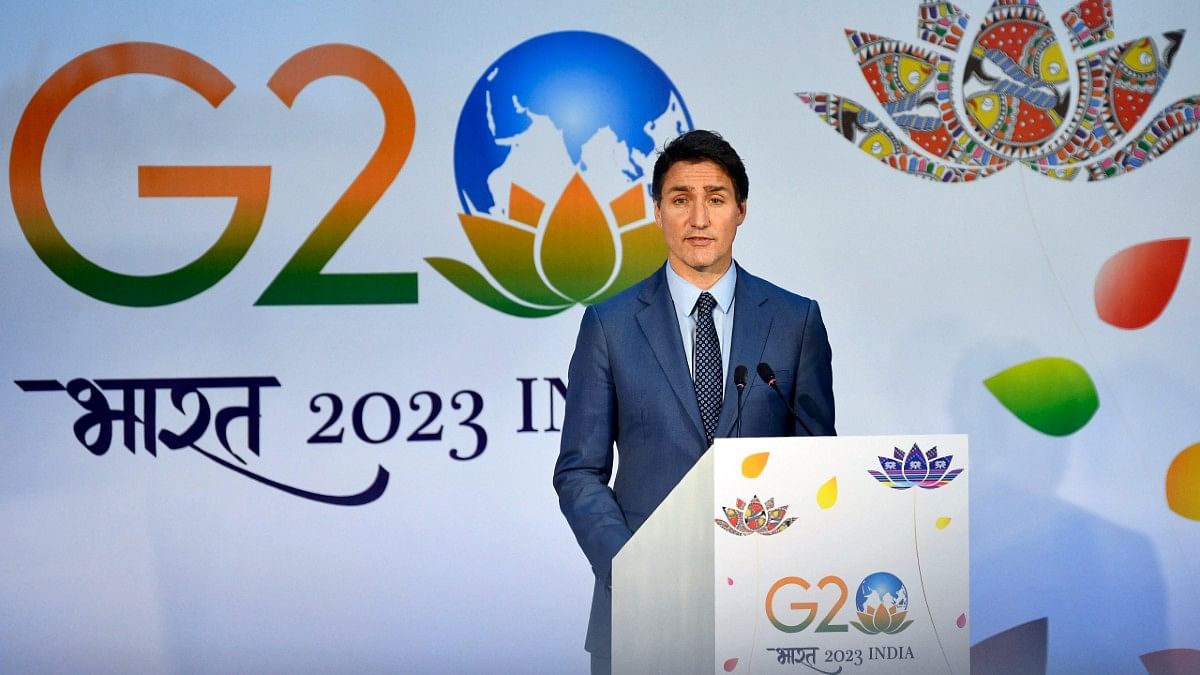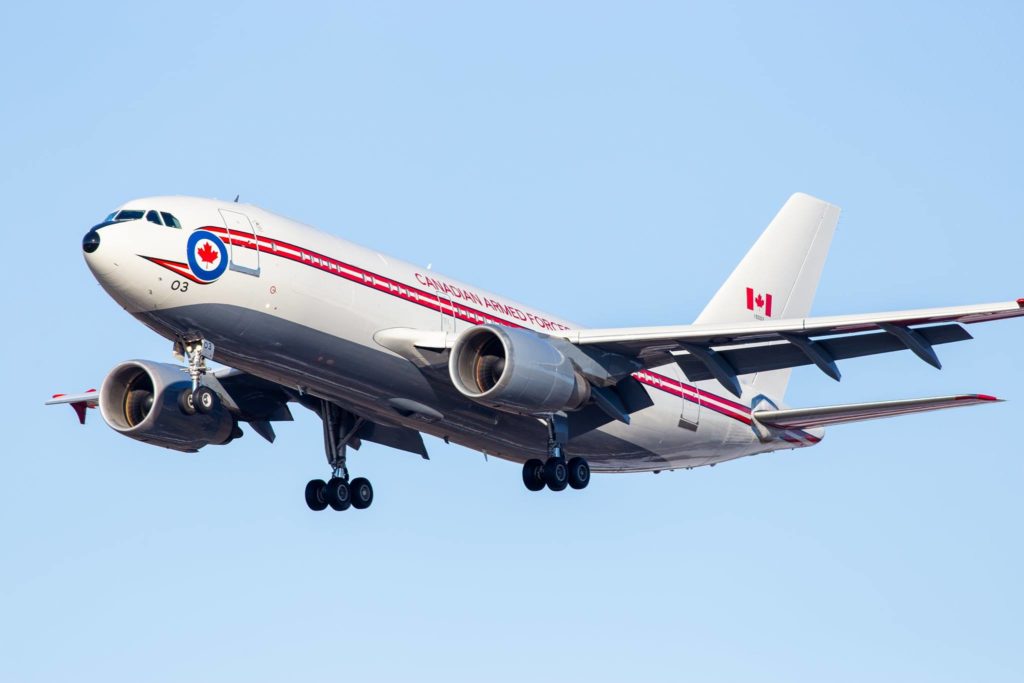Canadian Prime Minister Justin Trudeau and his entire delegation were forced to remain an extra day in India for the G20 meeting after his Airbus CFC01 broke down, according to Canadian sources.
On Friday, Trudeau arrived in India for a conference of the leaders of the world’s 20 largest economies.
He was scheduled to return to the United States on Sunday after laying a wreath at a memorial to Indian freedom leader Mahatma Gandhi, but a mechanical failure held him in India overnight.
The Canadian High Commission in New Delhi referred VORNews to a statement from Trudeau’s office, which stated that the Canadian air force, which runs the jet, informed the delegation that it was “having technical difficulties.”
“Because these issues will not be resolved overnight, our delegation will remain in India until alternative arrangements can be made,” it added.
CTV in Canada identified the plane as an Airbus and said it was unclear when it would be able to return, adding that it “isn’t the first time” it had encountered problems.
Trudeau’s attendance at the G20 meeting was more low-key than that of some of his G7 contemporaries, and it occurred amid tensions between his government and host India over Ottawa’s treatment of Sikh separatists.
Trudeau, according to New Delhi, is turning a blind eye to the activities of extremist Sikh nationalists seeking a separate Sikh homeland in northern India.
In July 2023, the Trudeau government has inked a $3.6 billion contract with Airbus to replace its ageing Polaris transport planes, one of which is used by high-ranking government officials such as the prime minister and Governor General.
In addition to VIP transport, the Royal Canadian Air Force employs Polaris jets for air-to-air refuelling and personnel transport.
The RCAF 437 transport squadron has flown the fleet of five planes since 1992, and its lifespan is slated to conclude in 2027. Because of the antiquity of the technology, government officials argue that extending it further would be extremely difficult.
The new fleet of jets, dubbed the CC-330 Husky, will consist of four new and five secondhand planes retrofitted with the same capabilities.
The government purchased the old planes from a Kuwaiti company, and two of them will begin flying out of Ottawa International Airport this autumn.
One of these will be painted to look like Prime Minister Justin Trudeau’s present jet, and it is due to arrive this summer. Officials declined to say if it will be ready in September, when Trudeau is slated to visit the G20 conference in India.
Throughout Trudeau’s tenure, the ageing Polaris fleet has been a source of contention.
In October 2016, a technical issue forced the plane to return to Ottawa 30 minutes after taking off with Trudeau, who was on his way to Belgium to sign the Canada-Europe Free Trade Agreement.
The VIP plane collided with a wall while being hauled into a hangar at 8 Wing Trenton in October 2019, causing “significant structural damage to the nose and right engine cowling,” according to the Air Force.
That year, the plane was out of commission for several months. A backup aircraft was used to transport Trudeau to the NATO summit in December 2019, but it was forced to land in London due to a malfunction with one of the engines.
Since January, Canadian personnel have been training to fly the new aircraft in the United Kingdom. National Defence officials said in a background briefing for reporters on Tuesday that it takes roughly three months of training for a Polaris pilot to be ready to fly the new Airbus.
Two of the secondhand jets were purchased for US$102 million in June of last year, and the remaining three were purchased this month for US$150 million.
According to officials, the Airbus contract includes new training gear and a full flight simulator, which will eliminate the need to send crews to Germany for training twice a year.
The Husky planes will be able to do air-to-air refuelling for Canada’s NATO allies, including F-35 fighter fighters and fighter jets from the United States Air Force. Canada has committed to purchasing 88 F-35 planes, with deliveries beginning in 2026.
According to Defence Department officials, the fleet will be housed in three bases: one in the east, one in the west, and one in the north, but the exact locations have yet to be identified.
The contract also includes new infrastructure because the planes are 50% heavier and 50% wider than the current fleet. As part of that process, the government is looking at commercial sites as well as current National Defence facilities.
Trudeau’s Canada a House of Cards Waiting to Collapse










